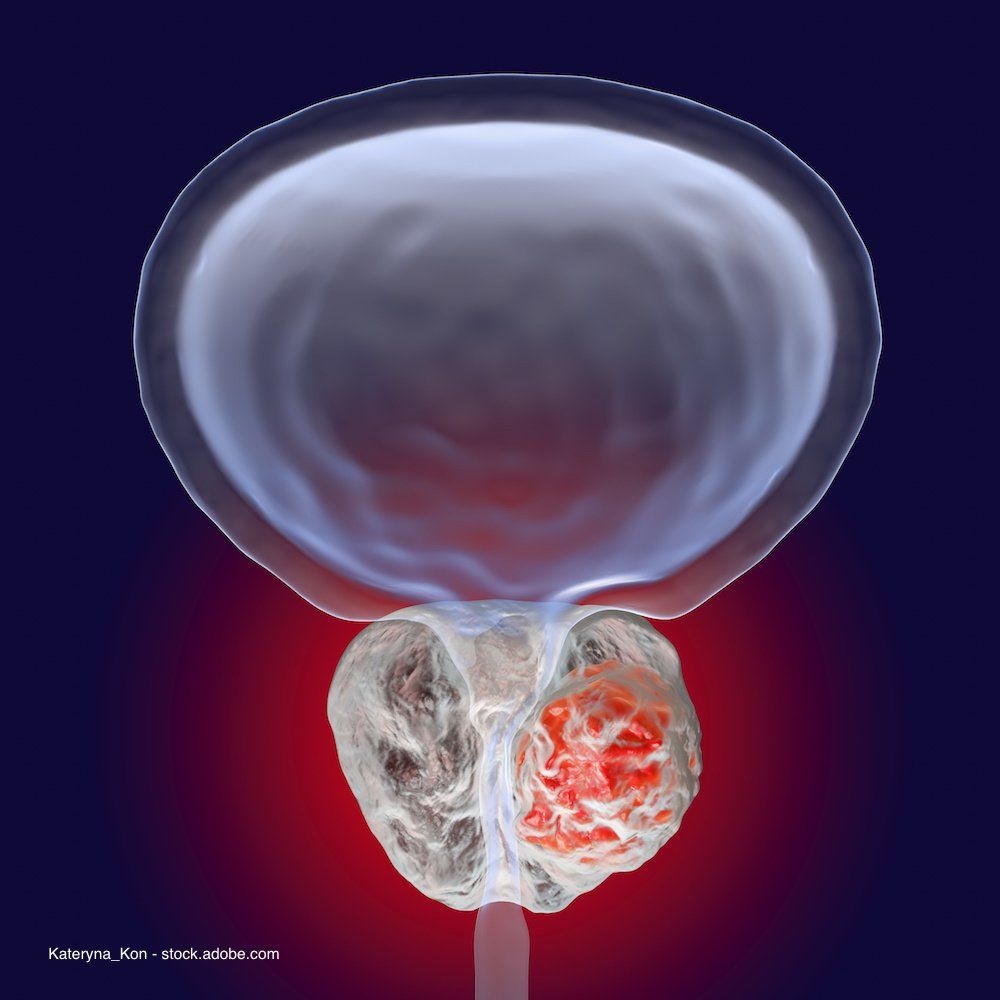Article
Prostate ablation technique yields positive results at 1 year
Author(s):
“I think [MRI-guided transurethral ultrasound ablation] is a potentially great option for patients who opt for either whole- or partial-gland treatment,” says researcher Steven S. Raman, MD.
Kateryna_Kon - stock.adobe.com

One-year data of localized prostate cancer patients treated with MRI-guided transurethral ultrasound ablation (TULSA) suggests 96% of patients achieved 75% or more reduction in PSA, with low rates of severe toxicity and residual grade group 2 disease.
While more research is needed, investigators suggest this incision-free technique might also effectively treat benign prostate gland enlargement.
Researchers presented data on the TULSA-PRO ablation clinical trial, or TACT, at the 2019 Radiological Society of North America annual meeting in Chicago (RSNA).
TULSA is a disruptive technology that requires urologists and radiologists to work collaboratively, according to study co-author Steven S. Raman, MD, of the University of California at Los Angeles. Urologist Laurence Klotz, MD, and radiologist Masoom Haider, MD, both at the University of Toronto, developed TULSA, which is FDA cleared for prostate tissue ablation, according to Dr. Raman.
“I think this is a potentially great option for patients who opt for either whole- or partial-gland treatment. It is an inside-out, not an outside-in treatment. Its main advantages are real-time noninvasive monitoring of the thermal dose and immediate assessment of ablative effect,” Dr. Raman told Urology Times.
Read: Oral advanced prostate cancer agent shows safety, efficacy
TULSA allows for customized prostate ablation using directional ultrasound under MRI thermometry feedback control. Study investigators used TULSA to perform whole-gland ablation, while sparing the urethra and urinary sphincter. To perform the procedure, they inserted the technology’s rod-shaped device, which has 10 ultrasound-generating elements that can treat the entire prostate gland, into the urethra.
“One or more of the elements are used to send out sound waves that heat and destroy the target prostate tissue. The elements are controlled automatically by a software algorithm that can adjust the shape, direction, and strength of the therapeutic ultrasound beam. The entire procedure takes place in an MRI scanner so that doctors can closely monitor treatment and assess the degree and location of heating,” according to an RSNA press release on the study.
TACT enrolled 115 localized prostate cancer patients at 13 sites. Sixty-three percent, or 72, of the men had grade group 2 disease.
Continue to the next page for more.Among their findings:
• Ablation time to target and average prostate volume of 40 cc was a mean 51 minutes.
• Grade 3 adverse events occurred and all resolved in 8% of the men studied. There were no rectal injuries or Grade 4 or higher events. However, 1% of men were incontinent and 25% of the men who were potent at the start of the study were not able to maintain erections sufficient for penetration at 12 months post TULSA treatment.
• Perfused prostate volume fell from a mean 41 cc at the study’s start to 4 cc at 12 months.
• TULSA eliminated clinically significant cancer in 54, or 79%, of men with grade group 2 disease, according to 12-month biopsies. In all, 65% of 111 men biopsied showed no signs of prostate cancer at 1 year.
• Of 98 men with a Prostate Imaging Reporting and Data System (PI-RADSv2) classification for prostate MRI of 3 or higher (3 is the presence of clinically significant cancer being equivocal) at baseline, 26 had MRI lesions at 12 months. Eleven of those 26 had biopsy-confirmed grade group 2 disease.
• Factors that appeared to predict residual grade group 2 disease included intraprostatic calcifications at screening, MRI thermal coverage of target volume, and higher PI-RADSv2 classification at 12 months.
TULSA can be repeated if necessary and doesn’t hinder use of more aggressive approaches if TULSA doesn’t work. TULSA could be used as noninvasive treatment for localized radiation failure, according to Dr. Raman.
The data support the use of MRI for posttreatment monitoring of prostate cancer patients who undergo TULSA. MRI at 1 year after treatment had a negative predictive value of 93%, according to the abstract.
Also see: What has been the most significant advance in prostate cancer in 2019?
Urologists and radiologists should keep abreast of potentially disruptive new technologies that improve precise treatment and improve patient care, according to Dr. Raman.
“Over and over again, a multidisciplinary approach has proven to be the better approach for treatment outcome, especially in prostate cancer care,” Dr. Raman said.
The next step in research for TULSA is to look at whether it has better long-term and durable outcomes than existing approaches for intermediate-grade prostate cancer, he said.
Profound Medical, which makes the transurethral device used for TULSA, funded the study. Dr. Raman is a consultant for Profound Medical.
















